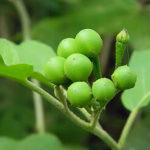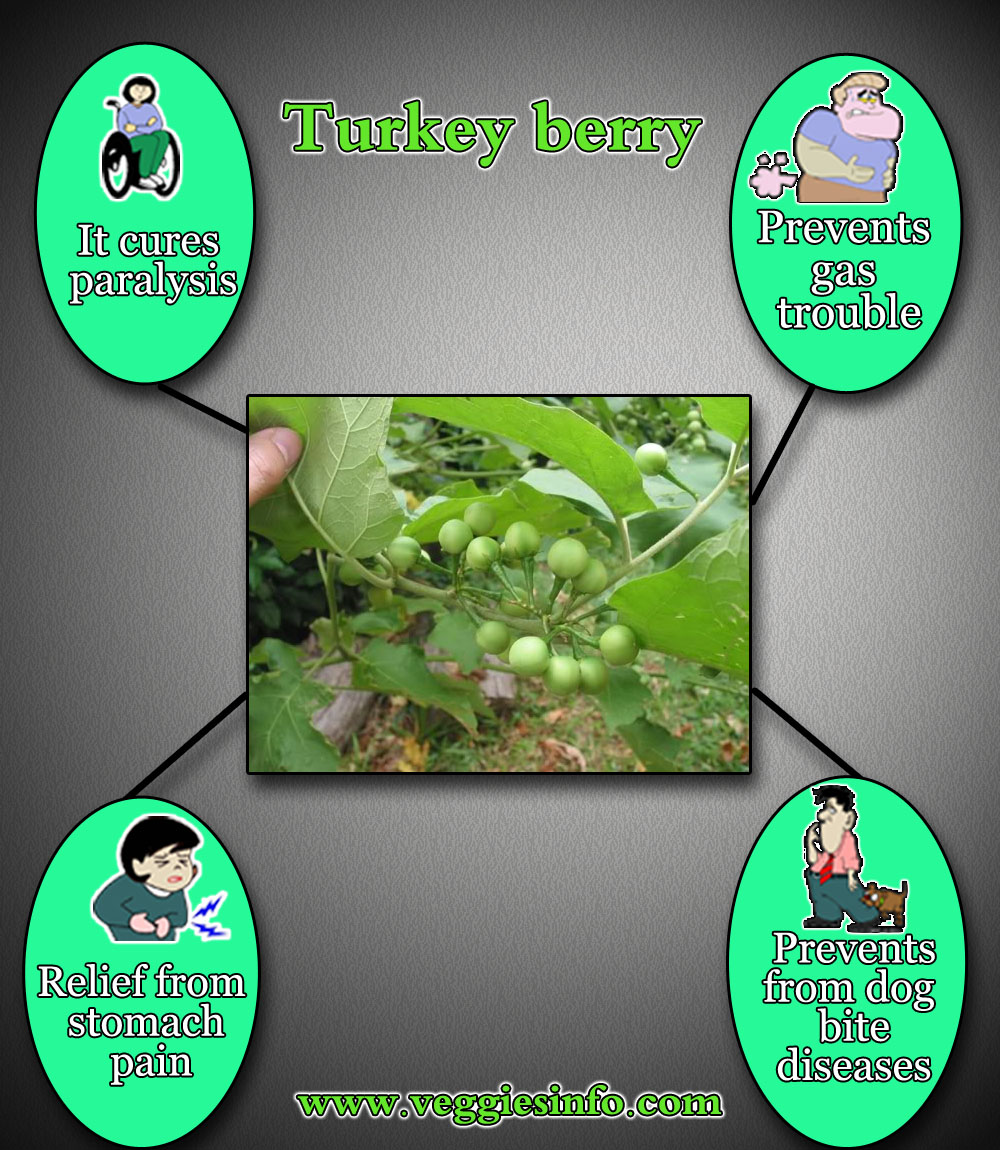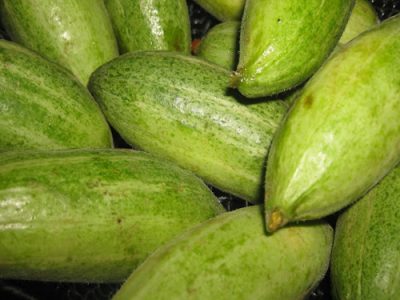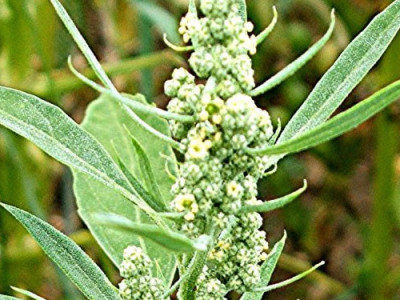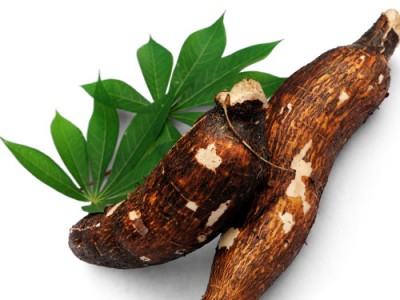
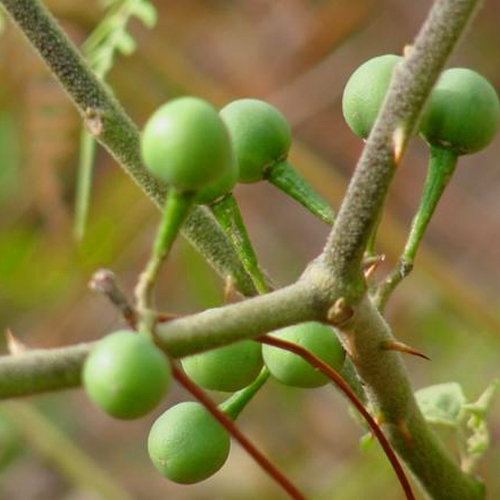
Turkey Berry aka Sundaikka -Benefits
Turkey Berry Facts And Nutritional Uses
Plants and trees also grow in snowy and ice-capped mountains. Researchers have identified that there are more than 1700 species of plants that live in Arctic tundra plants.
The types of plants that are found in this region are flowering plants, dwarf shrubs, grasses and herbs. In Antarctic regions there are no trees or shrubs but there are only two flowering plants. They are Antarctic hair grass and Antarctic pearlwort. This topic will deal with a perennial plant named Turkey berry.
The botanical name of this plant is Solanum torvum. The bushy and erecy perennial plant’s other common names are devil’s fig, prickly nightshade, shoo-shoo bush, wild eggplant, pea eggplant, pea aubergine, susumber, boo, terongan, tekokak, berenjena cimmarona, berenjena de gallinam and other such names.
Properties And Its Growth
It is also very famous in India and especially in south India. In Tamil Nadu it is called as sundaikka and in Kerala it is called as sundai. The plant reaches a height of 2 or 3 m and 2 cm in diameter. Turkey berry has a single stem. The leaves are broadly ovate and the petioles measure1 to 6 cm long and the blades are 7 to 23 by 5 to 18 cm and covered with hairs.
The color of the flowers is white with tubular five pointed lobes. The flowers shed quickly after opening. The fruits that grow in clusters look like green peas. The color will become yellow when the fruit matures fully. Turkey berry is native to Florida and southern Alabama through the West Indies from Mexico. This berry is naturalized throughout Africa, Asia, Australia and the Pacific Islands including Hawaii, Guam and American Samoa.
In Jamaica this berry is called susumba. It grows wonderfully in full sunlight and light shade. It cannot survive under closed forest areas. This plant is seen on vacant lands, roadsides, pastures, river banks, and other such areas. Flowering and fruiting starts after the plant reaches a height of 1.5 m. Turkey berry reaches a height of 1.5 m during the year and dies after 2 years.
Health Benefits Of Turkey Berry
- This berry is rich in iron and it is cooked as a dish along with salt-fish.
- The green fruits are used in Thai cuisine as an ingredient in Play duk phat phet a fish curry.
- It is used in voodoo rituals in Haiti.
- Sundaikkai Vatral, Sundaikkai poriyal and sundaikkai pulikulambu is very famous in Tamil Nadu, India.
- Sundai Chooranam is also famous in this state which is used for digestive disorders.
- It has chemicals like steroid and chlorogenin. Extracts of the plants are used for curing diabetes, hyperactivity, colds and cough, pimples, skin disease and leprosy.
Interesting Facts
- Turkey berry (Solanum torvum) is an edible fruit native to South and Southeast Asia.
- It is commonly used in Indian cuisine and is used as a vegetable in curries, salads, and soups.
- The fruit is round and dark purple in color, with a slightly sweet taste.
- The plant is a member of the nightshade family and can grow up to three meters tall.
- The fruit contains several health benefits, including the ability to treat fever, reduce pain, and improve digestion.
- Turkey berry is a good source of vitamin C, iron, and dietary fiber.
- It is also believed to have antioxidant and anti-inflammatory properties.
- Turkey berries are also used in Ayurvedic medicine to treat asthma, diabetes, skin diseases, and digestive issues.
Caution
Turkey berry caution is important as the plant can cause skin irritation and burning sensations on contact with the sap. It is also highly toxic if ingested and can cause serious illness. It is important to wear protective gear such as gloves, long sleeves and pants when handling the plant. Additionally, it is important to wash hands thoroughly after coming into contact with the plant and to avoid eating the fruit.

